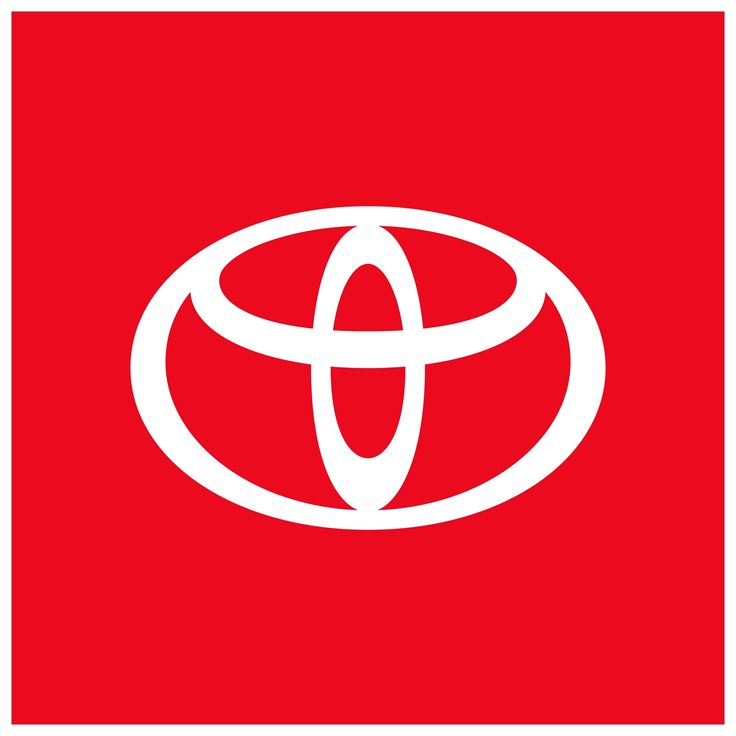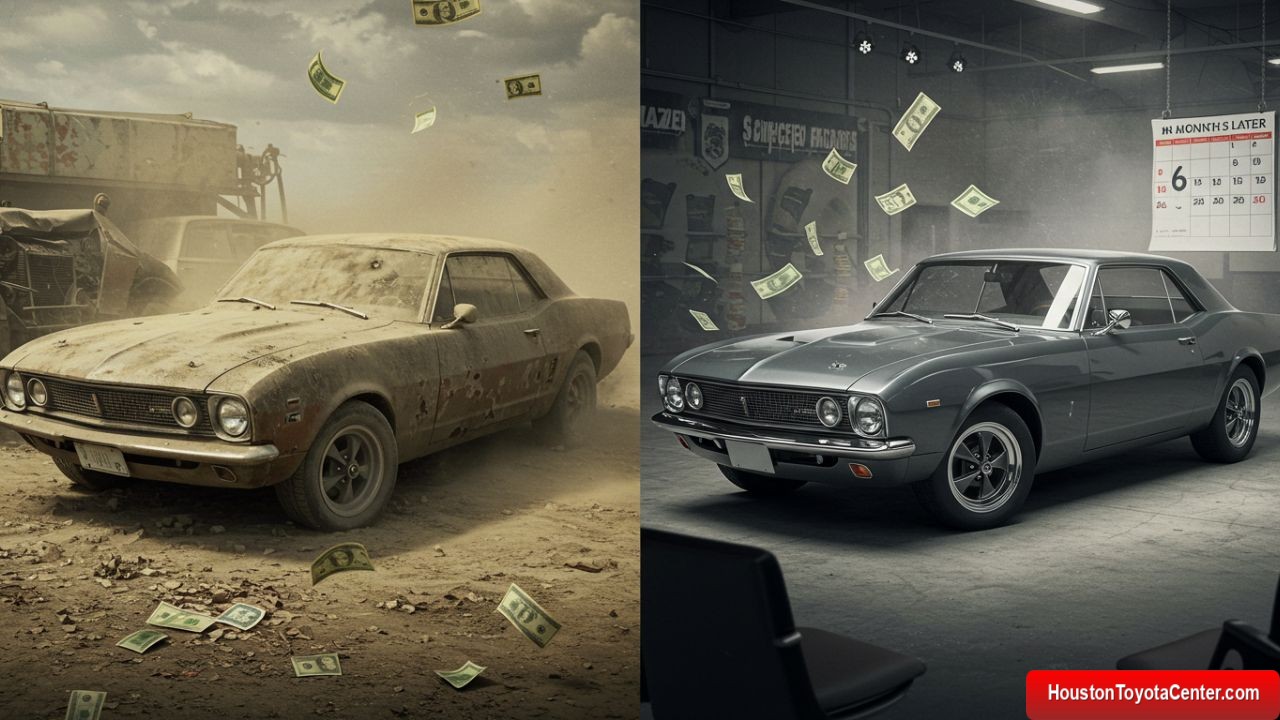Flipping classic cars has become a lucrative venture for automotive enthusiasts and savvy investors alike. With the right knowledge, strategy, and patience, turning a rusty relic into a high-value gem can yield jaw-dropping returns. This guide dives deep into every aspect of the classic car flipping process, from sourcing hidden gems to maximizing resale value. Buckle up and let’s get started!
1. Why Flip Classic Cars?
Classic cars are more than just vehicles—they’re rolling pieces of history. Their value appreciates over time, especially as models become rarer. Unlike stocks or real estate, classic cars offer tangible assets with emotional appeal. According to the Hagerty Market Rating , the classic car market has seen steady growth, with certain models appreciating by 200-500% over the past decade.
Key Drivers of Profit:
- Rarity: Limited production numbers or unique features.
- Cultural Significance: Cars featured in movies or tied to iconic figures.
- Restoration Potential: Undervalued cars needing TLC.
2. Sourcing Classic Cars: Where to Hunt
Finding the right car at the right price is the first hurdle. Here’s where to look:
FREE: Quickly identify and understand problems with your vehicle 🚘
CLICK HEREAuctions
- Pros: Access to rare models, competitive pricing.
- Cons: Buyer’s premiums and bidding wars.
Online Marketplaces
- Platforms: eBay Motors , Bring a Trailer , ClassicCars.com .
- Tip: Use filters like “barn finds” or “project cars” to uncover undervalued listings.
Salvage Yards & Insurance Auctions
- Hidden Gems: Cars written off for minor damage but mechanically sound.
- Risk: Requires mechanical expertise to assess repair costs.
Networking
- Join forums (e.g., Vintage Mustang Forums ), attend car shows, and connect with local collectors.
Table 1: Sourcing Channels Compared
| Source | Price Range | Time Investment | Profit Potential |
|---|---|---|---|
| Auctions | $5k–$200k+ | High | High |
| Online Marketplaces | $1k–$100k | Medium | Medium-High |
| Salvage Yards | $500–$10k | High | High (if repaired) |
3. Evaluating a Classic Car’s Value
Not all classics are created equal. Use these criteria to assess a car’s worth:
Condition Grading (1–6 Scale)
- 1 (Concours): Showroom-perfect, 100% original.
- 6 (Parts Car): Non-running, severe damage.
Key Factors
- Originality: Matching numbers (engine, transmission, chassis).
- Rarity: Production numbers, special editions.
- Provenance: Ownership history, documentation.
Pro Tip: Use resources like Hagerty Valuation Tools or NADA Guides for accurate pricing.
4. The Art of Negotiation
Negotiating the purchase price is critical. Strategies include:
- Research Comparable Sales: Show sellers recent auction results.
- Highlight Flaws: Use rust, mechanical issues, or missing parts to justify a lower offer.
- Cash Offers: Sellers often prefer quick transactions.
5. Restoration vs. Preservation
Decide whether to restore or preserve based on the car’s condition and market demand.
Restoration Costs
- Engine/Transmission Rebuild: $3k–$10k.
- Bodywork/Paint: $5k–$20k.
- Interior Reupholstery: $2k–$8k.
When to Preserve:
- Historic Value: Cars with original patina or celebrity ownership.
- Budget Constraints: Focus on mechanical fixes over aesthetics.
6. Legal and Logistical Considerations
Avoid headaches by addressing legalities upfront:
Title Issues
- Ensure the title is clean and matches the VIN.
- Salvage Titles: Disclose damage history to avoid legal trouble.
Emissions & Safety
- Some states require updated emissions for registration.
Transportation
- Hire a specialized car hauler ($1–$3 per mile) to avoid damage.
7. Selling for Maximum Profit
Timing and presentation are key.
Sales Channels
- Auctions: Target high-end events like Barrett-Jackson .
- Private Sales: Use platforms like Cars & Bids for younger buyers.
- Dealerships: Trade for a quick sale (lower profit margin).
Marketing Magic
- Professional Photos: Highlight details like chrome trim and engine bays.
- Storytelling: Share the car’s history or restoration journey.
Table 2: Sales Platform Comparison
| Platform | Audience Reach | Fees | Profit Margin |
|---|---|---|---|
| Barrett-Jackson | Global | 10% buyer’s premium | High |
| Bring a Trailer | Niche Enthusiasts | 5% seller’s fee | Medium-High |
| Facebook Marketplace | Local | Free | Low-Medium |
8. Case Studies: Success Stories
Case Study 1: 1965 Ford Mustang
- Purchase Price: $12,000 (barn find with rust).
- Restoration: $20k (engine rebuild, paint, interior).
- Sold For: $75,000 at auction.
Case Study 2: 1980s Porsche 911
- Purchase: $25,000 (non-running but all-original).
- Investment: $8k (engine repair, detailing).
- Sold: $60,000 via private sale.
9. Common Mistakes to Avoid
- Over-Restoring: Spending more than the car’s value.
- Ignoring Market Trends: e.g., 1980s Japanese cars are red-hot in 2024.
- Skipping a Pre-Sale Inspection: Hidden issues can tank a sale.
10. Future Trends in Classic Car Flipping
- Electric Conversions: Retrofitting classics with EV drivetrains.
- Niche Markets: Rising interest in “youngtimers” (1980s–1990s cars).
- Digital Tools: AI-powered valuation apps and VR showrooms.
Final Thoughts
Flipping classic cars isn’t just about mechanics—it’s a blend of art, history, and business acumen. With patience and passion, you can transform forgotten relics into profitable treasures. Now, go out there and find your next project!


Leave a Reply